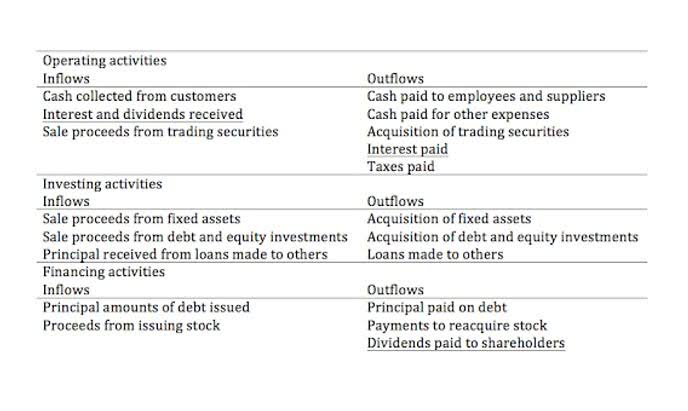
With these tools, companies can optimize resource allocation, improve decision-making, and focus on growth while maintaining accurate and efficient financial management. Effective expense tracking is more than just organizing receipts – it’s the key to financial stability, clarity, cost control, and growth. By tackling common challenges and adopting strategies like automation and real-time reporting, businesses can save money, stay compliant, and make smarter decisions. Expense tracking is the bookkeeping process of recording, organizing, and analyzing business expenditures, including operational costs, subscriptions, and employee expenses and reimbursements.

Integrating Bookkeeping Software with Other Business Systems

Secondly, it enables real-time synchronization of expense data, providing up-to-date insights into financial transactions. This allows finance teams to make informed decisions and maintain accurate financial records. To comprehensively assess your expense management process, it is essential to gather insights from various stakeholders involved. This includes employees who submit expense reports, managers who review and approve them, finance teams responsible for tracking expenses, and any other relevant parties. By understanding the pain points and challenges faced by each group, you can identify specific areas that require attention.
Invoice and Expense Management: Tech-Driven Approaches to Efficiency

Look for any bottlenecks or delays that may hinder the timely processing of expense claims. From the perspective of finance teams, streamlining expense management with automation provides better control and visibility over expenses. Automated systems can capture and categorize expenses Accounting for Churches in real-time, ensuring accurate and up-to-date financial data. This enables finance teams to make informed decisions, identify cost-saving opportunities, and optimize budget allocation.
Save the H1-B debate for later — first, fully end the border crisis
- IT managers are mostly considered outsiders in finance, despite being a key player in maintaining the company’s technical systems.
- Uncover proven strategies and best practices to maintain accuracy, adhere to policies, and avoid costly pitfalls.
- Discover how Spendflo’s enhanced finance integrations make it easier than ever to monitor, map, and optimize all your SaaS expenses in one place.
- Enabling two-factor authentication also gives an added layer of security.
- This shift marks a significant departure from traditional methods that often involve cumbersome paperwork.
- And 29% had issues with employees not submitting expense documentation.
Features like automatic data entry can eliminate human error and speed up processing times. To maximize efficiency in invoice and expense management, start by selecting tools that align with your specific expense management automation needs. Start by identifying the specific pain points in your current invoice and expense management processes.

While it is not solely focused on accounts payable automation, SAP Concur features powerful tools that significantly enhance the efficiency of AP workflows. As errors are minimised and time is saved, businesses utilising automation properly can start to gain a critical advantage. Automation significantly reduces these risks and ensures that financial records remain consistent, accurate, and, most importantly, reliable. This reliability is vital for maintaining regulatory compliance and making informed business decisions, as well as helping to build trust and transparency with clients.
